-
 Bitcoin
Bitcoin $117500
2.15% -
 Ethereum
Ethereum $3911
6.19% -
 XRP
XRP $3.316
10.79% -
 Tether USDt
Tether USDt $1.000
0.01% -
 BNB
BNB $787.2
2.24% -
 Solana
Solana $175.2
4.15% -
 USDC
USDC $0.9999
0.00% -
 Dogecoin
Dogecoin $0.2225
8.40% -
 TRON
TRON $0.3383
0.28% -
 Cardano
Cardano $0.7868
6.02% -
 Stellar
Stellar $0.4382
9.34% -
 Hyperliquid
Hyperliquid $40.92
7.56% -
 Sui
Sui $3.764
7.63% -
 Chainlink
Chainlink $18.48
10.66% -
 Bitcoin Cash
Bitcoin Cash $582.1
1.88% -
 Hedera
Hedera $0.2601
6.30% -
 Avalanche
Avalanche $23.33
4.94% -
 Ethena USDe
Ethena USDe $1.001
0.02% -
 Litecoin
Litecoin $122.3
2.04% -
 UNUS SED LEO
UNUS SED LEO $8.969
-0.27% -
 Toncoin
Toncoin $3.339
0.86% -
 Shiba Inu
Shiba Inu $0.00001287
4.30% -
 Uniswap
Uniswap $10.43
7.38% -
 Polkadot
Polkadot $3.861
5.08% -
 Dai
Dai $1.000
0.02% -
 Bitget Token
Bitget Token $4.513
3.41% -
 Monero
Monero $267.7
-6.18% -
 Cronos
Cronos $0.1499
4.14% -
 Pepe
Pepe $0.00001110
5.15% -
 Aave
Aave $284.9
8.28%
How can Bitcoin payment platforms help SMEs reduce cross-border payment costs?
Bitcoin payment platforms help SMEs cut cross-border costs with low fees, no currency conversion, and fast transactions, enhancing financial flexibility and security.
Apr 19, 2025 at 09:29 pm
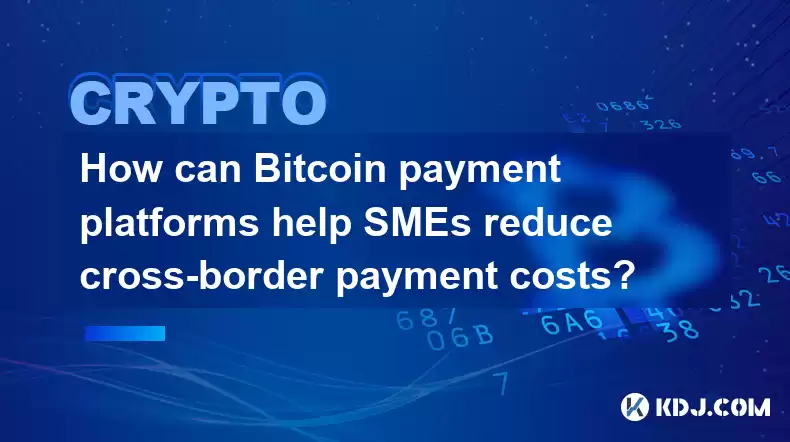
In recent years, Bitcoin payment platforms have emerged as a transformative tool for small and medium-sized enterprises (SMEs) looking to streamline their financial operations, particularly in the realm of cross-border payments. These platforms offer several advantages that can significantly reduce the costs associated with international transactions. This article delves into the various ways Bitcoin payment platforms can help SMEs achieve cost savings, improve transaction efficiency, and enhance financial flexibility.
Understanding Cross-Border Payment Costs
Cross-border payments have traditionally been fraught with high fees and long processing times. Traditional banking systems often impose a range of charges, including transaction fees, currency conversion fees, and intermediary bank fees. These costs can accumulate quickly, making international trade less profitable for SMEs. Additionally, the complexity of navigating different regulatory environments and banking systems across countries can lead to delays and further expenses.
How Bitcoin Payment Platforms Work
Bitcoin payment platforms operate on blockchain technology, a decentralized ledger that records all transactions across a network of computers. This technology allows for peer-to-peer transactions without the need for intermediaries, which is one of the key factors in reducing costs. When an SME uses a Bitcoin payment platform, it can send and receive payments directly to and from other parties, bypassing the traditional banking system and its associated fees.
Reducing Transaction Fees
One of the primary ways Bitcoin payment platforms help SMEs reduce cross-border payment costs is by lowering transaction fees. Traditional banks often charge a percentage of the transaction amount, which can be substantial for large transfers. In contrast, Bitcoin transactions typically incur a flat fee, which is significantly lower than bank fees. For example, a typical Bitcoin transaction fee might be a few cents, compared to bank fees that can range from 1% to 3% of the transaction amount.
Eliminating Currency Conversion Costs
Another significant cost-saving aspect of Bitcoin payment platforms is the elimination of currency conversion fees. When SMEs engage in cross-border trade, they often need to convert their local currency into the currency of the recipient country. Traditional banks charge a fee for this service, which can add up over multiple transactions. Bitcoin, being a global currency, does not require conversion, thereby saving SMEs the cost of currency exchange.
Enhancing Speed and Efficiency
Bitcoin payment platforms also offer faster transaction times compared to traditional banking methods. Cross-border bank transfers can take several days to process due to the involvement of multiple intermediaries and regulatory checks. In contrast, Bitcoin transactions can be completed within minutes, regardless of the geographic location of the parties involved. This speed can help SMEs improve their cash flow and reduce the costs associated with delayed payments.
Increasing Financial Flexibility
By using Bitcoin payment platforms, SMEs can increase their financial flexibility. Traditional banking systems often have strict requirements and limitations on international transactions, which can restrict an SME's ability to engage in global trade. Bitcoin, however, allows for more flexible payment options, enabling SMEs to transact with partners in any country without the need for a local bank account. This flexibility can open up new markets and opportunities for growth.
Enhancing Security and Transparency
Bitcoin payment platforms also offer enhanced security and transparency. Blockchain technology ensures that all transactions are recorded on a public ledger, making it difficult for fraudulent activities to go unnoticed. Additionally, the use of cryptographic keys provides a high level of security for transactions, reducing the risk of unauthorized access and fraud. This security can help SMEs save on the costs associated with fraud prevention and resolution.
Case Studies: Real-World Examples
To illustrate the impact of Bitcoin payment platforms on SMEs, consider the following case studies:
Case Study 1: A small e-commerce business based in the United States uses a Bitcoin payment platform to receive payments from customers in Europe. By doing so, the business avoids the high fees associated with traditional bank transfers and currency conversions, resulting in significant cost savings.
Case Study 2: An SME in Asia uses a Bitcoin payment platform to pay its suppliers in South America. The platform's low transaction fees and fast processing times enable the SME to manage its cash flow more effectively, reducing the costs associated with delayed payments.
Implementing Bitcoin Payment Platforms: A Step-by-Step Guide
For SMEs interested in leveraging Bitcoin payment platforms to reduce cross-border payment costs, here is a detailed guide on how to get started:
Choose a Bitcoin Payment Platform: Research and select a reputable Bitcoin payment platform that meets your business needs. Popular options include Coinbase, BitPay, and CoinGate.
Set Up an Account: Register for an account on the chosen platform. This typically involves providing basic information such as your business name, email address, and contact details.
Verify Your Identity: Most platforms require identity verification to comply with regulatory requirements. This may involve submitting documents such as a government-issued ID and proof of address.
Secure Your Wallet: Set up a secure Bitcoin wallet to store your digital assets. You can use a software wallet provided by the platform or opt for a hardware wallet for added security.
Integrate with Your Business: Depending on your business model, you may need to integrate the Bitcoin payment platform with your existing systems. This could involve adding a payment button to your website or setting up an API integration for automated transactions.
Start Transacting: Once everything is set up, you can begin sending and receiving Bitcoin payments. Monitor your transactions and adjust your strategy as needed to maximize cost savings.
Frequently Asked Questions
Q: Are Bitcoin payment platforms legal for SMEs to use?
A: The legality of using Bitcoin payment platforms varies by country. It is essential for SMEs to research and comply with the local regulations governing cryptocurrency transactions in their jurisdiction.
Q: Can Bitcoin payment platforms handle large transaction volumes?
A: Yes, many Bitcoin payment platforms are designed to handle high transaction volumes. However, SMEs should choose a platform that aligns with their specific needs and transaction frequency.
Q: What are the risks associated with using Bitcoin payment platforms?
A: While Bitcoin payment platforms offer many benefits, there are also risks to consider, such as price volatility, potential security breaches, and regulatory changes. SMEs should implement robust risk management strategies to mitigate these risks.
Q: How can SMEs educate their customers about using Bitcoin for payments?
A: SMEs can educate their customers through various channels, including website tutorials, customer support, and informational emails. Providing clear instructions and support can help customers feel more comfortable using Bitcoin for payments.
Disclaimer:info@kdj.com
The information provided is not trading advice. kdj.com does not assume any responsibility for any investments made based on the information provided in this article. Cryptocurrencies are highly volatile and it is highly recommended that you invest with caution after thorough research!
If you believe that the content used on this website infringes your copyright, please contact us immediately (info@kdj.com) and we will delete it promptly.
- Tron's Sell-Off Spurs Altcoin Shift: What's Next for TRX?
- 2025-08-08 08:30:12
- RUVI Presale: Is the Growth Potential Real?
- 2025-08-08 09:10:12
- Sleep Token's US Takeover: Thornhill Rides the 'Even In Arcadia' Wave
- 2025-08-08 08:30:12
- FTT Token's Wild Ride: Creditor Repayments vs. Market Drop - A New Yorker's Take
- 2025-08-08 07:10:12
- Floki Crypto Price Prediction: Riding the Robinhood Rocket or Just a Meme?
- 2025-08-08 07:15:12
- EigenLayer, Restaking, and Ethereum: Navigating the Hype and the Hazards
- 2025-08-08 06:30:12
Related knowledge

Where can I buy UMA (UMA)?
Aug 07,2025 at 06:42pm
Understanding UMA and Its Role in Decentralized FinanceUMA (Universal Market Access) is an Ethereum-based decentralized finance (DeFi) protocol design...

What exchanges support buying IOTA (MIOTA)?
Aug 07,2025 at 09:58pm
Understanding the Role of Private Keys in Cryptocurrency SecurityIn the world of cryptocurrency, private keys are the cornerstone of ownership and con...
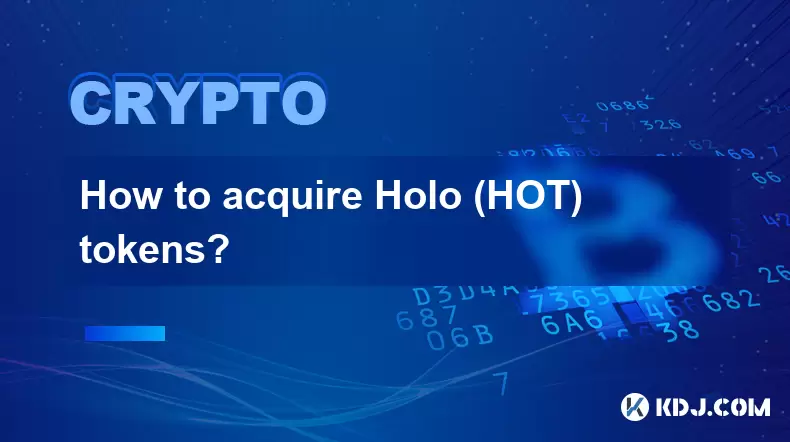
How to acquire Holo (HOT) tokens?
Aug 08,2025 at 05:56am
Understanding Holo (HOT) and Its EcosystemHolo (HOT) is a cryptocurrency token associated with the Holo ecosystem, which is built on the Holochain fra...
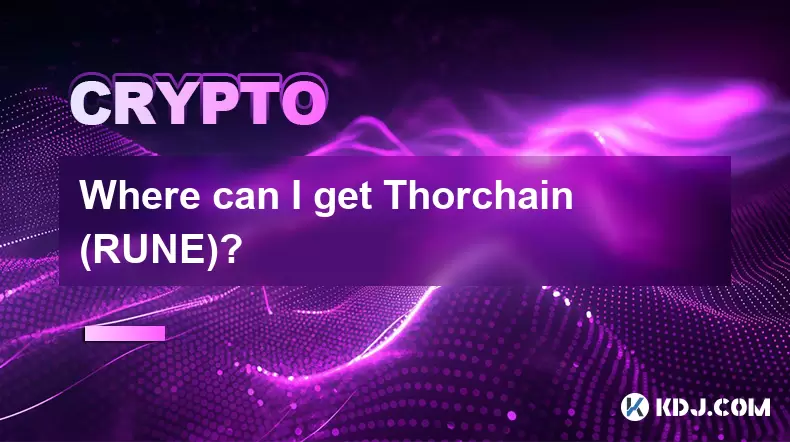
Where can I get Thorchain (RUNE)?
Aug 08,2025 at 08:07am
Understanding the Role of Seed Phrases in Cryptocurrency WalletsA seed phrase, also known as a recovery phrase or mnemonic phrase, is a critical compo...
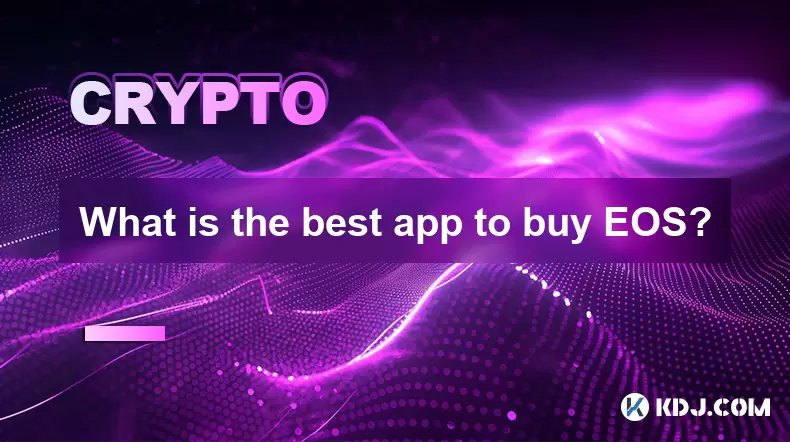
What is the best app to buy EOS?
Aug 07,2025 at 04:35pm
Understanding EOS and Its Role in the Cryptocurrency EcosystemEOS is a blockchain platform designed to support decentralized applications (dApps) with...
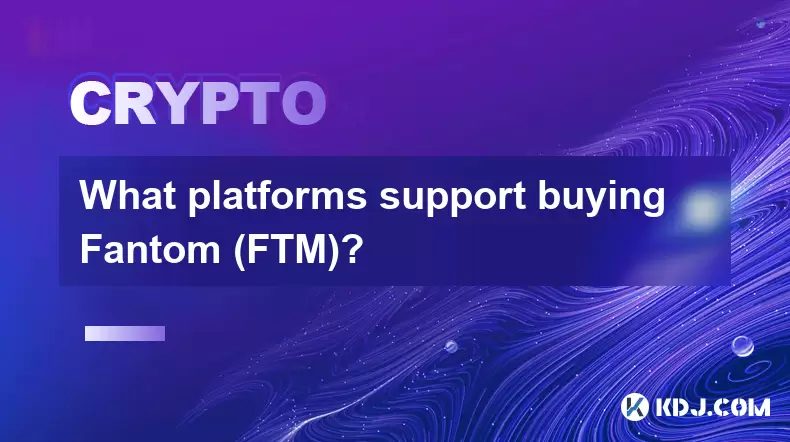
What platforms support buying Fantom (FTM)?
Aug 08,2025 at 01:56am
Overview of Fantom (FTM) and Its EcosystemFantom (FTM) is a high-performance, scalable, and secure layer-1 blockchain designed to overcome the limitat...

Where can I buy UMA (UMA)?
Aug 07,2025 at 06:42pm
Understanding UMA and Its Role in Decentralized FinanceUMA (Universal Market Access) is an Ethereum-based decentralized finance (DeFi) protocol design...

What exchanges support buying IOTA (MIOTA)?
Aug 07,2025 at 09:58pm
Understanding the Role of Private Keys in Cryptocurrency SecurityIn the world of cryptocurrency, private keys are the cornerstone of ownership and con...

How to acquire Holo (HOT) tokens?
Aug 08,2025 at 05:56am
Understanding Holo (HOT) and Its EcosystemHolo (HOT) is a cryptocurrency token associated with the Holo ecosystem, which is built on the Holochain fra...

Where can I get Thorchain (RUNE)?
Aug 08,2025 at 08:07am
Understanding the Role of Seed Phrases in Cryptocurrency WalletsA seed phrase, also known as a recovery phrase or mnemonic phrase, is a critical compo...

What is the best app to buy EOS?
Aug 07,2025 at 04:35pm
Understanding EOS and Its Role in the Cryptocurrency EcosystemEOS is a blockchain platform designed to support decentralized applications (dApps) with...

What platforms support buying Fantom (FTM)?
Aug 08,2025 at 01:56am
Overview of Fantom (FTM) and Its EcosystemFantom (FTM) is a high-performance, scalable, and secure layer-1 blockchain designed to overcome the limitat...
See all articles

























































































